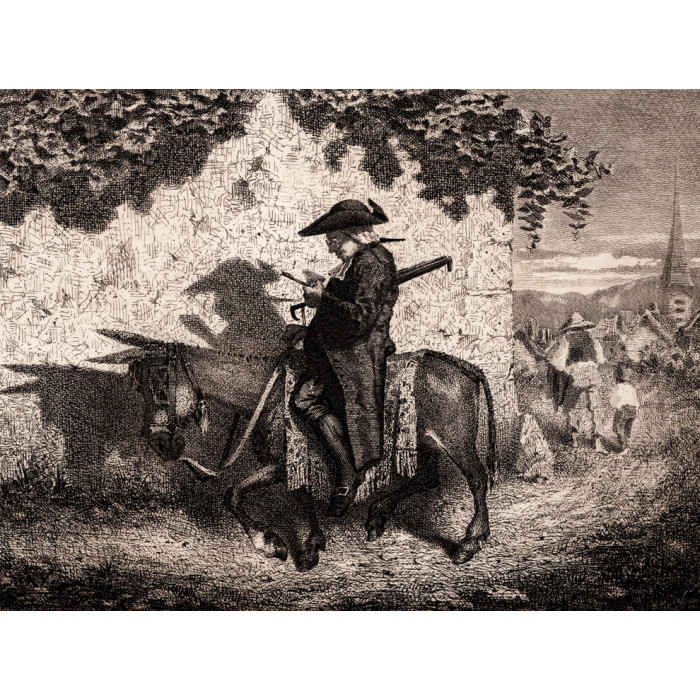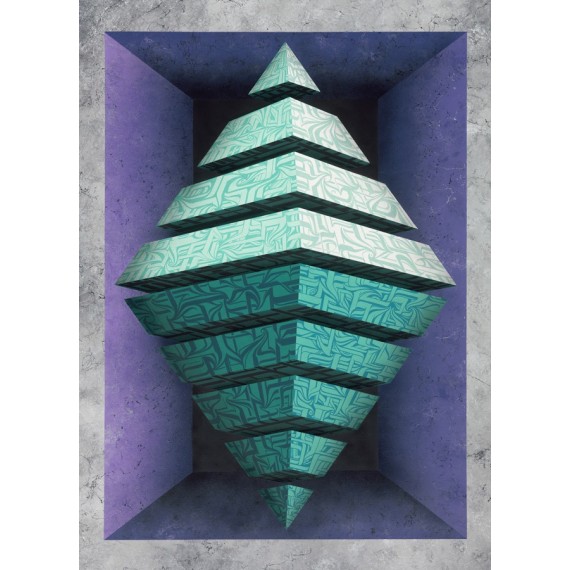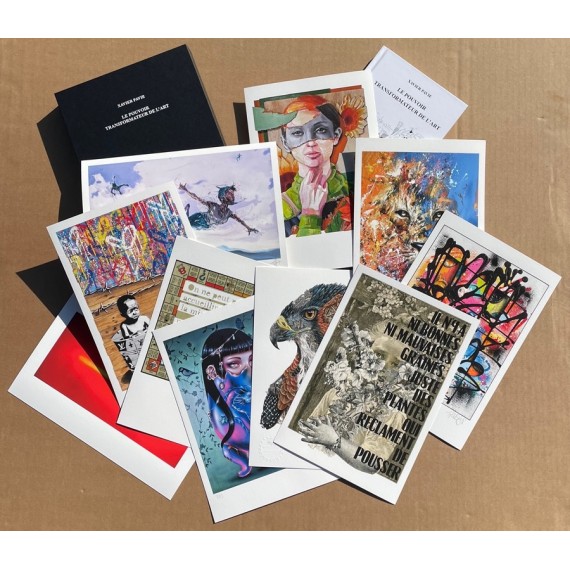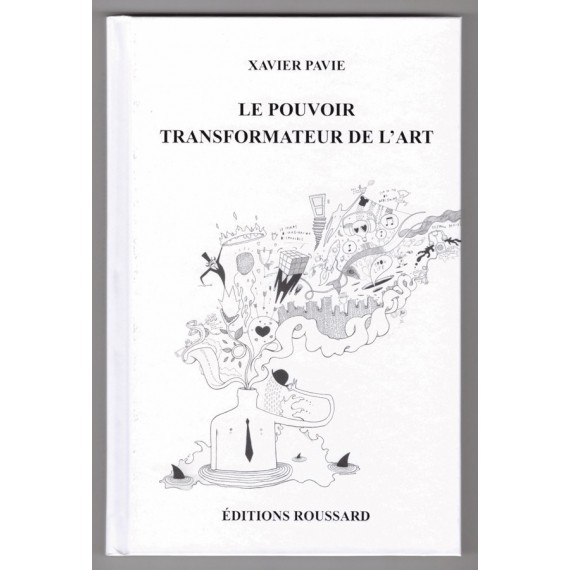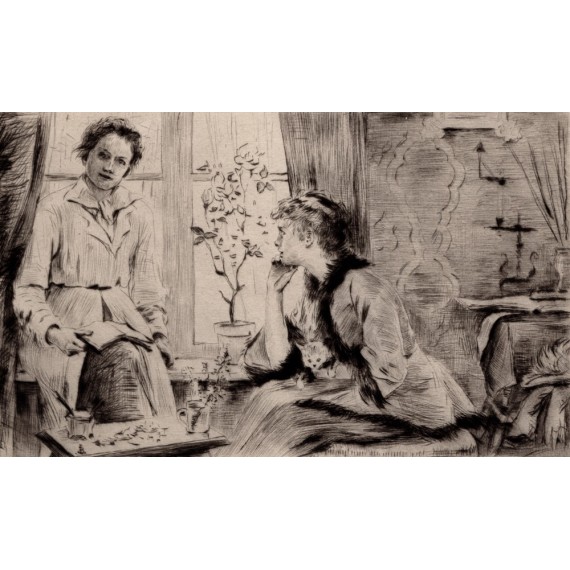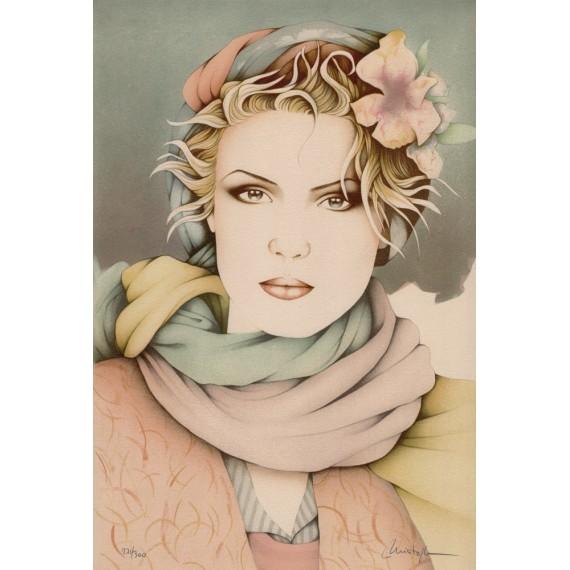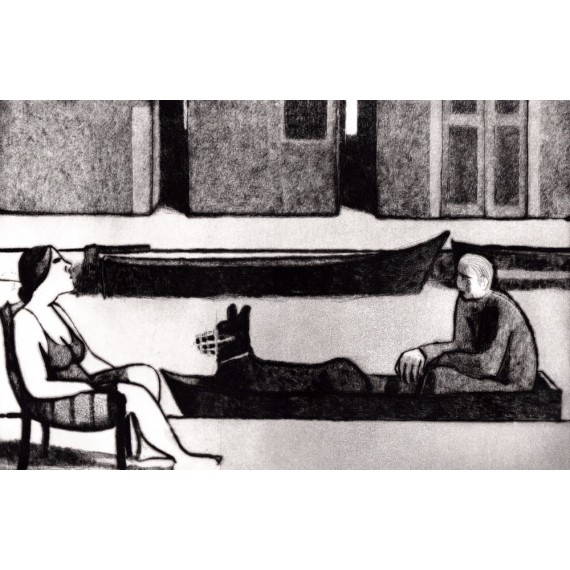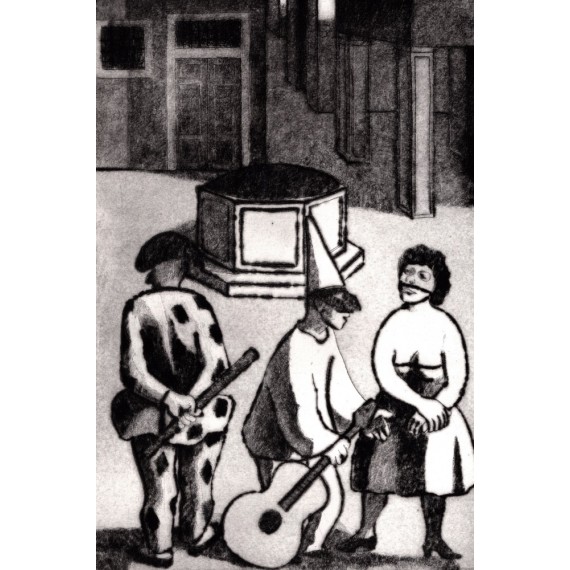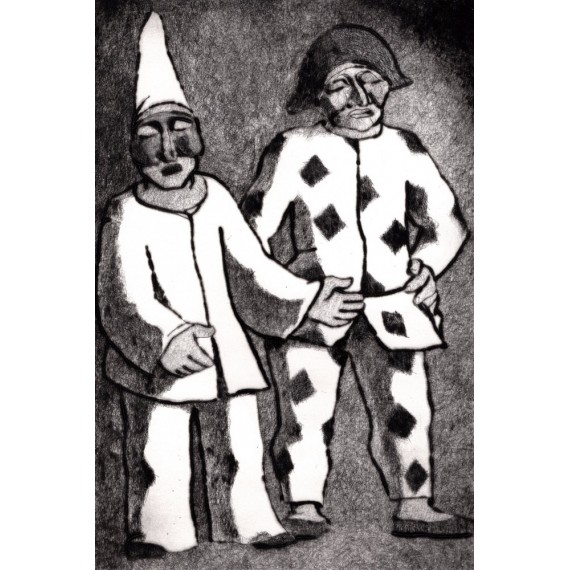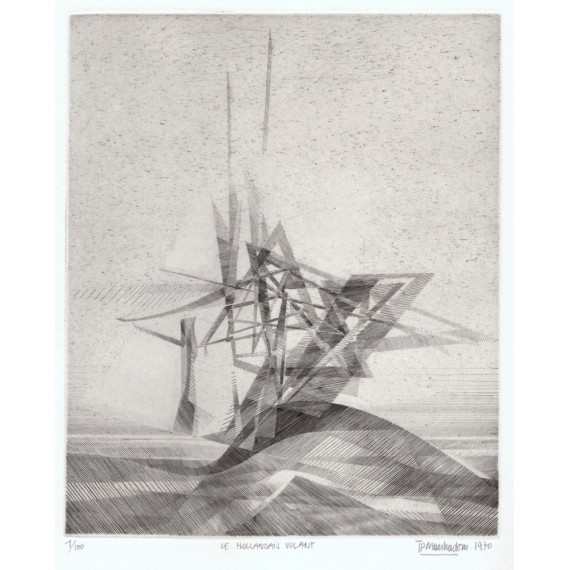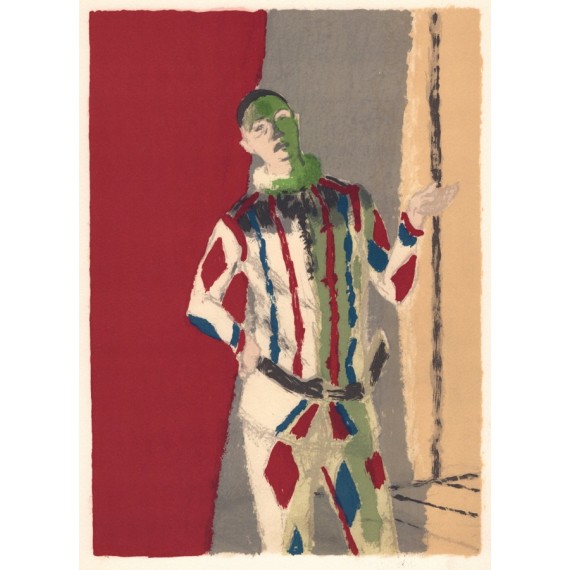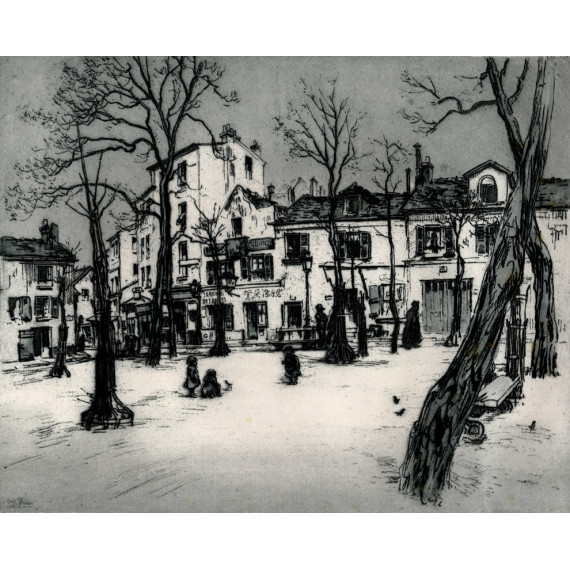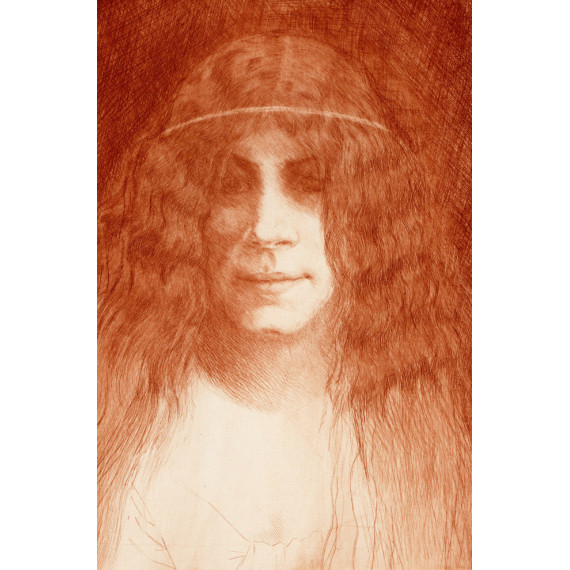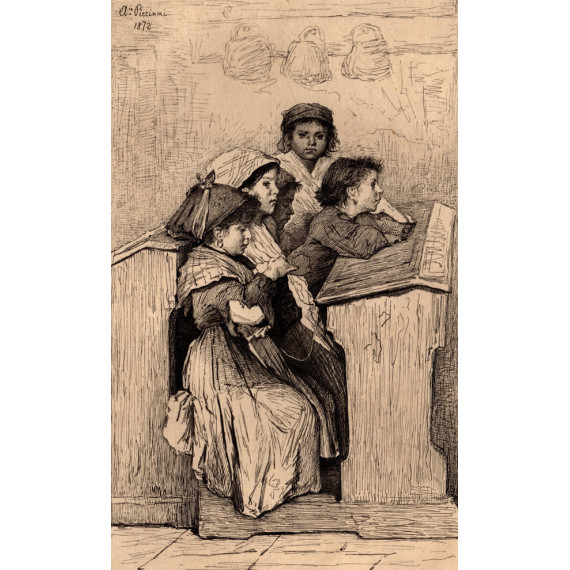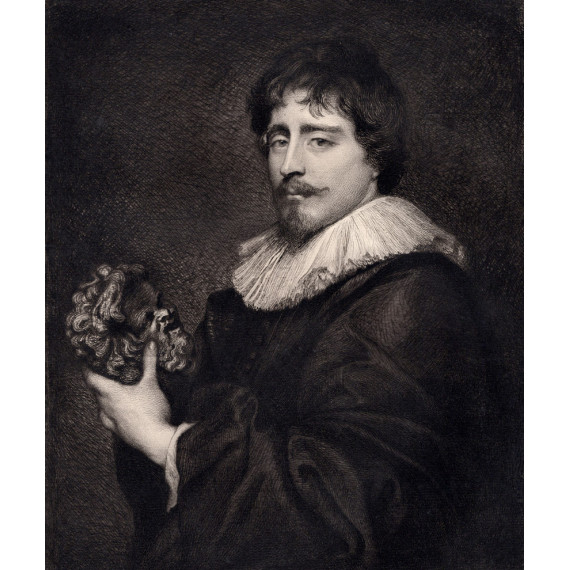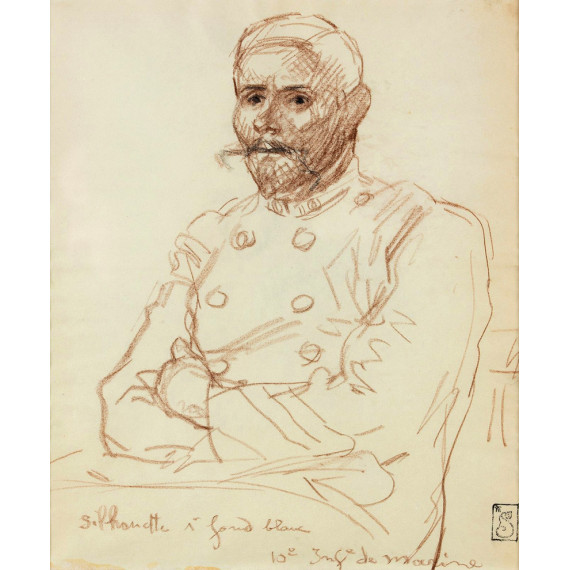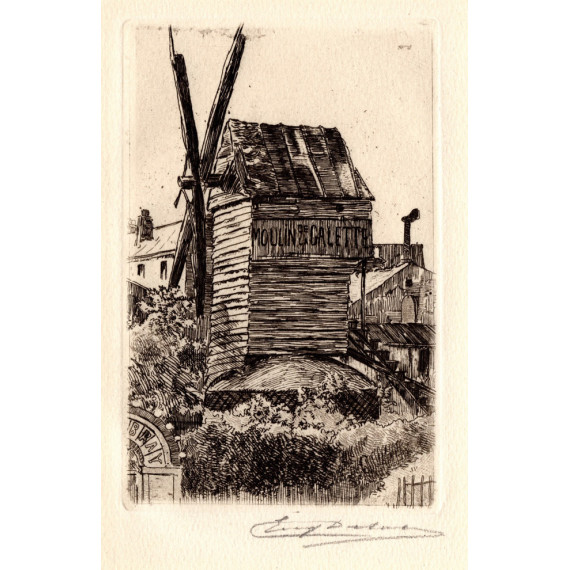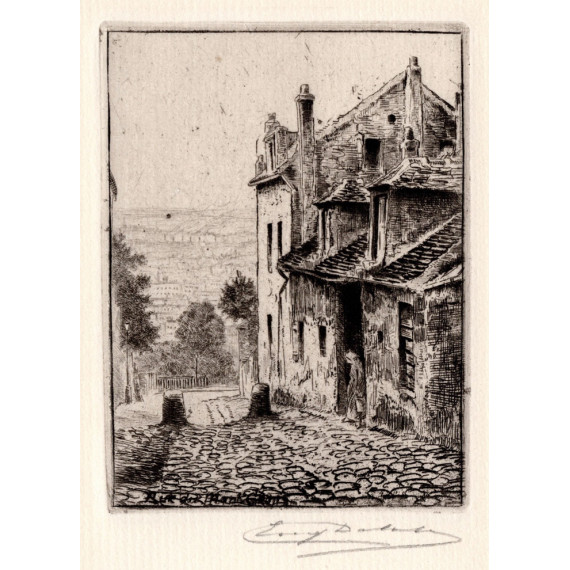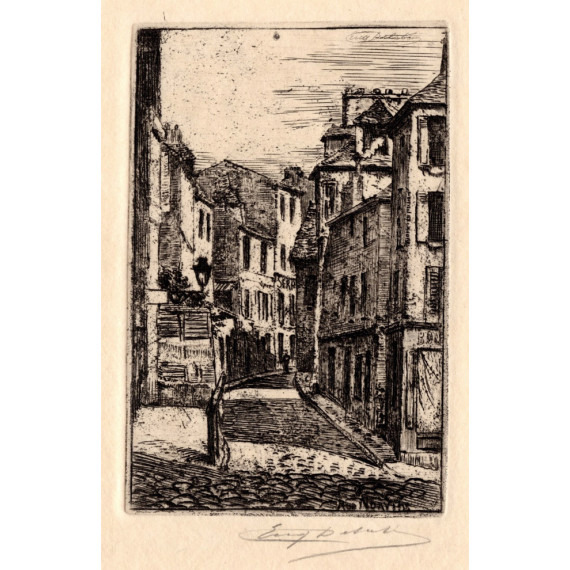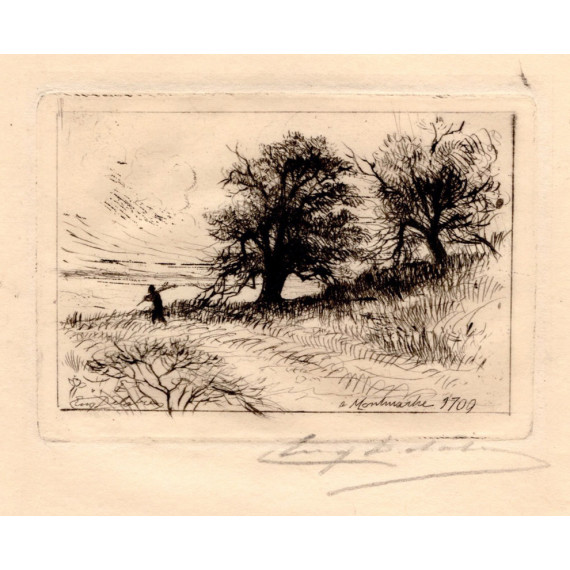/// Jules Jacques VEYRASSAT ///
Original etching. Date circa 1870. 14x19cm.
/// Biography of Jules Jacques VEYRASSAT ///
Jules Jacques Veyrassat, born April 12, 1828 in Paris and died July 2, 1893 in the same city, is a French painter and printmaker from the Barbizon School.
Jules Jacques Veyrassat studied in Paris in the studio of Henri Lehmann, and exhibited his first works at the Salon in 1848. Veyrassat was widely distinguished in France by his painting, and he attracted attention when he began to work as as an engraver in the 1860s.
Between 1866 and 1869, his engraved work won him several medals. British scholar Philip Gilbert Hamerton asked him to collaborate on several of his books on the art of printmaking: Chapters on Animals (1874) with Karl Bodmer, Etching and Etchers (1880), and a third edition in which others participated. artists.
He received a medal for his painting in 1872.
Veyrassat was named Knight of the Legion of Honor in 1878. He is one of the most awarded painters and engravers for his work on nature.
He is attached to the École d'Écouen, a town where he had a room, and followed the lessons of Pierre-Édouard Frère, with whom he became a friend. It was Pierre-Édouard Frère and Charles-François Daubigny who encouraged him to practice etching. He produced four engravings, among others, for the album L'Eau forte en ... (1874-1881) published by Cadart.
It is also associated with the Barbizon School. His work is close to that of Charles Jacque or Jean-François Millet whom he knew well. In a realistic register, he bases his work on the observation of rural life in deep France at the time. His subjects address the themes of breeding and working horses in agricultural life. He never left his country of origin, but his fame spread all over Europe.
Jules Jacques Veyrassat died on July 2, 1893 in the 9th arrondissement of Paris and is buried in the Père-Lachaise cemetery (44th division). Source © Wikipedia.

